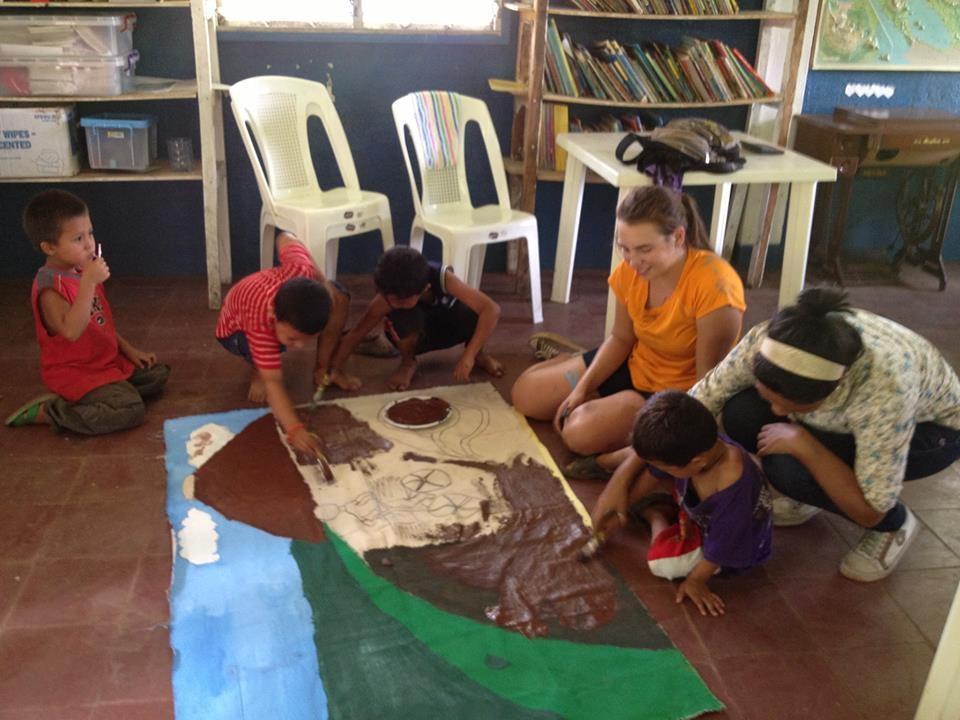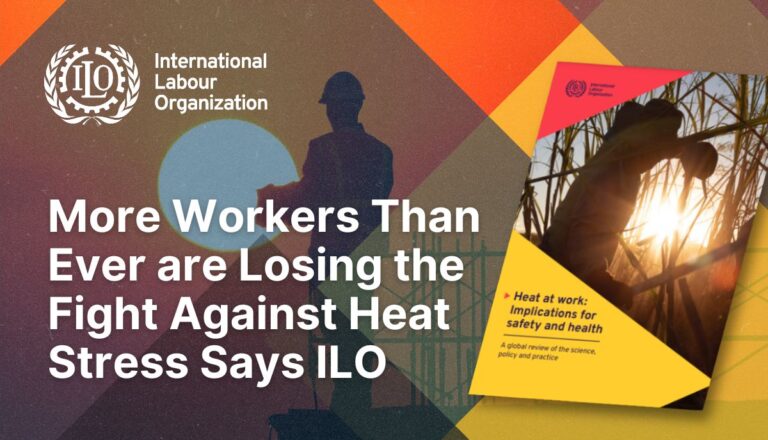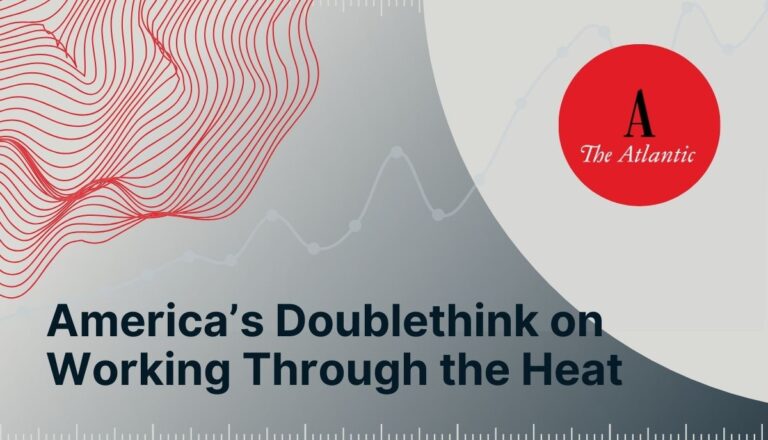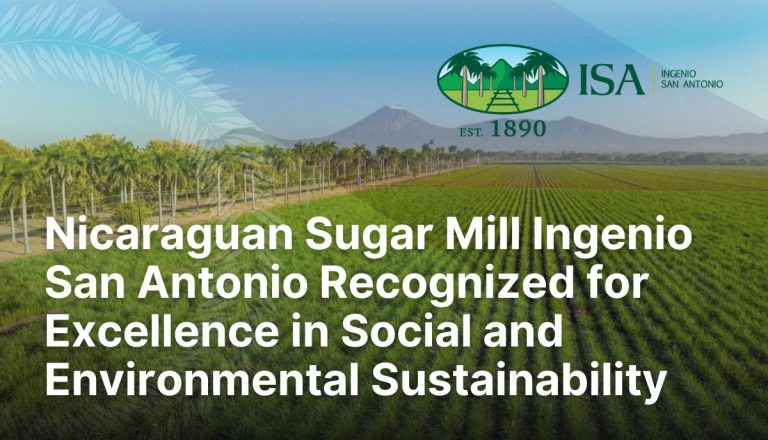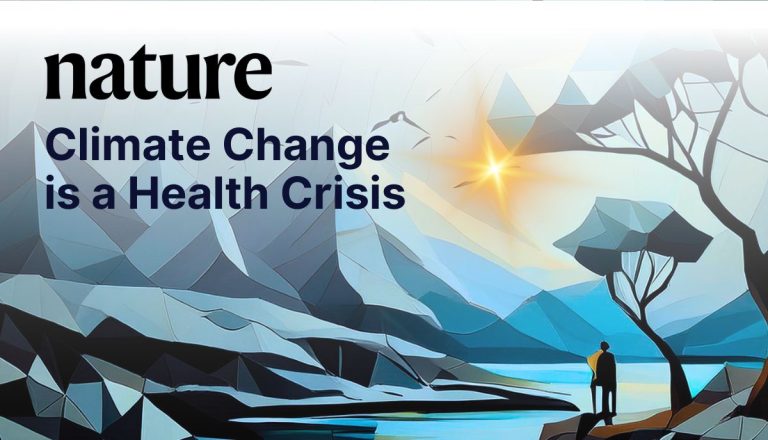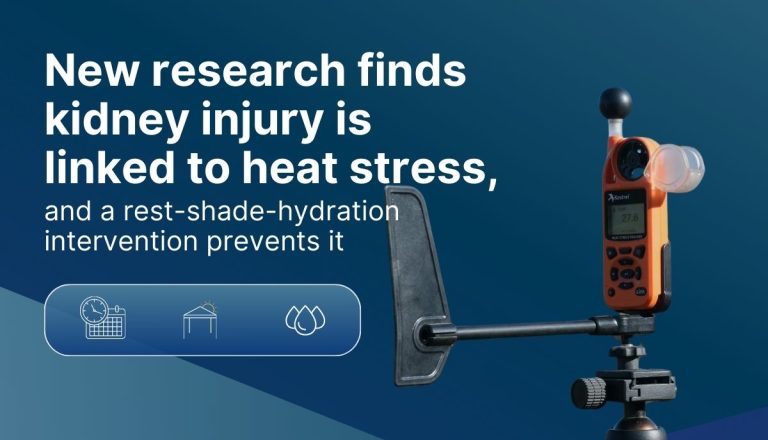I came to Nicaragua over five months ago in January with three goals: to improve my Spanish, to gain an understanding of the culture, and to volunteer. For the first part of my stay I lived with a wonderful and generous family in a small city, called Somoto, just south of the Honduran border and definitely felt like I accomplished the first two of my goals. However, at the end of my three months living and volunteering in Somoto, I felt mostly disillusioned by my volunteer work there and really hoped to find a redeeming volunteer experience for the second half of my stay. In Somoto I struggled to feel productive and felt that my efforts to teach children art and sports were often futile.
For me, the opportunity to work with La Isla Foundation came at the perfect time in my stay. Although the CKDnT epidemic is an overwhelming and deeply rooted issue, I have felt involved and productive during my time here. I worked for two months as part of the Community Development Team and got to spend many days in the field working directly with children, teaching English and leading arts and sports camps. I really value the time I spent in La Isla community as I feel it helped demystify the epidemic and put faces to many of the devastating statistics published on the disease. During my internship, a co-intern and I conducted various interviews with different community members for a project we were working on. With each conversation I had, I feel like I developed a better understanding into the daily lives, culture and aspirations of these people. I asked simple questions, mostly revolving around daily habits, general hobbies and pastimes, family members and hopes for the future, and I was very impressed with the honesty of the answers I received.
One interview in particular with a 17 year old boy named Marcelino, really struck me. Marcelino, unlike most young men in his community appears to have a bright future ahead of him, one free of kidney disease. He is among a fortunate few in his community to be weaving string bracelets for a living for one of La Isla Foundation’s partners, the Pulsera Project, a Nicaraguan based NGO that provides alternative employment opportunities to disadvantaged workers throughout the country. Without this project, Marcelino would most likely be embarking on a lifetime of work cutting cane alongside his brothers. Instead, he is able to continue with his studies and plans to begin university within this next year. For a 17 year old kid, Marcelino has more responsibilities to help care and provide for his family than I have ever had, but he is obviously very grateful and excited about all he has going for him. He is smart, full of energy, and excited to talk about his education and plans for his future.
I left Marcelino’s house smiling and humbled by the conversation we had just shared. Maybe because he and I are within two years of age, or that we are both about to start university, that I feel like I can really empathize with his desires and goals, but something about the way he presented his story, left me feeling very optimistic and confident about his future and his opportunity for a life outside of the sugarcane fields. Each interaction I had in La Isla community provided me with a much more thorough understanding of the realities of those living in the dark shadow of CKDnT. Fortunately, stories like Marcelino’s serve as a reminder of individual potential being encouraged and safeguarded with help from La Isla Foundation and their partners.
Sofia Gnabasik

